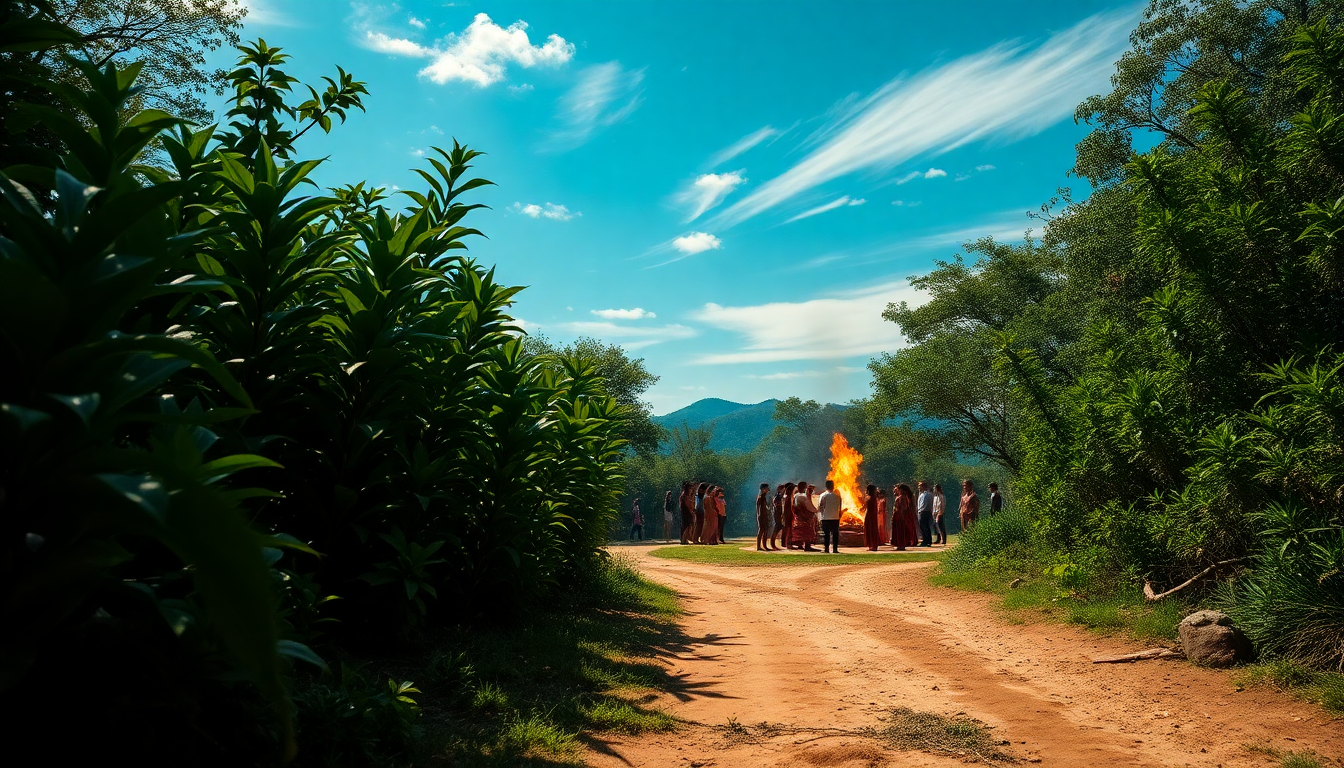Table of Contents
The passing of Graham Greene at the age of 73 marks a significant moment in the entertainment industry, especially regarding Indigenous representation. Known for his groundbreaking roles during a time when opportunities for Indigenous talent were few and far between, Greene’s career spanned several decades and showcased his remarkable talent across various genres.
His legacy as a pioneering actor continues to inspire many in the industry, highlighting the vital need for diversity and authenticity in storytelling.
A Distinguished Career Marked by Iconic Roles
Born in Ohsweken, Ontario, Greene’s roots in the Six Nations Reserve profoundly shaped his identity and perspective as an actor.
He kicked off his career in the late 1970s, quickly making a name for himself with a string of memorable performances. One of his standout achievements was earning an Academy Award nomination for Best Supporting Actor for his role as Kicking Bird in the 1990 film Dances With Wolves.
This film didn’t just win the Oscar for Best Picture; it also represented a pivotal moment for Indigenous representation in Hollywood. Isn’t it fascinating how one film can change perceptions and open doors for so many?
Greene’s contributions extended far beyond film; he was also involved in television and theater, showcasing his versatility as an actor.
His recent work in the Canadian comedy thriller Seeds earned him a Canadian Screen Award, further cementing his status as a respected figure in the industry. His ability to embrace a variety of roles while staying true to his cultural identity speaks volumes about his talent and determination.
Influence on Indigenous Representation in Media
When it comes to Indigenous representation in film and television, Greene’s impact is nothing short of monumental. He was an actor who refused to be pigeonholed, challenging stereotypes and bringing complex, relatable Indigenous characters to life.
His performances struck a chord, especially during times of cultural upheaval, like the Oka Crisis in the early 1990s. Greene’s portrayals enabled many to see themselves positively reflected on screen, fostering pride and empowerment within Indigenous communities. Can you imagine the feeling of finally seeing your story told authentically?
Colleagues such as Kaniehtiio Horn, who collaborated with Greene on the series Defiance and the hit show Reservation Dogs, have attested to his significant influence. Horn described Greene’s performances as cathartic for Indigenous viewers, emphasizing the critical importance of representation that goes beyond stereotypes. His knack for infusing joy and authenticity into his roles made him a beloved figure among peers and fans alike. Isn’t it inspiring to see someone use their platform for genuine change?
A Legacy of Mentorship and Camaraderie
Greene’s relationships with fellow actors were filled with mutual respect and support. Lou Diamond Phillips, who starred alongside Greene in the short-lived series Wolf Lake, expressed his sorrow at Greene’s passing, reflecting on the deep friendship they shared. Greene’s warmth and wit left an indelible mark on those who knew him, and his legacy extends far beyond his film credits. He was seen as a mentor and an inspiration, urging younger actors to embrace their identities and chase their dreams without compromise.
As we remember Graham Greene, we celebrate a life dedicated to artistry and the representation of Indigenous peoples in film. From his early roles to his recent accolades, Greene’s contributions have paved the way for future generations of Indigenous actors. His influence will resonate for years to come, reminding us all of the power of storytelling and the necessity of diverse voices in the arts. What will your story be? Greene’s journey shows us that every voice matters.





